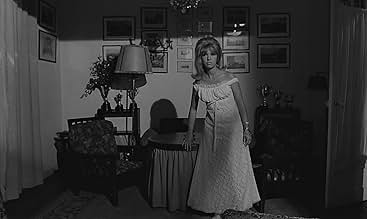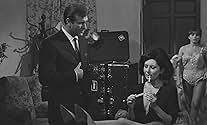Woman seeks to avenge her father's death by using a local dancer, with long poisonous fingernails, to do her bidding.Woman seeks to avenge her father's death by using a local dancer, with long poisonous fingernails, to do her bidding.Woman seeks to avenge her father's death by using a local dancer, with long poisonous fingernails, to do her bidding.


















